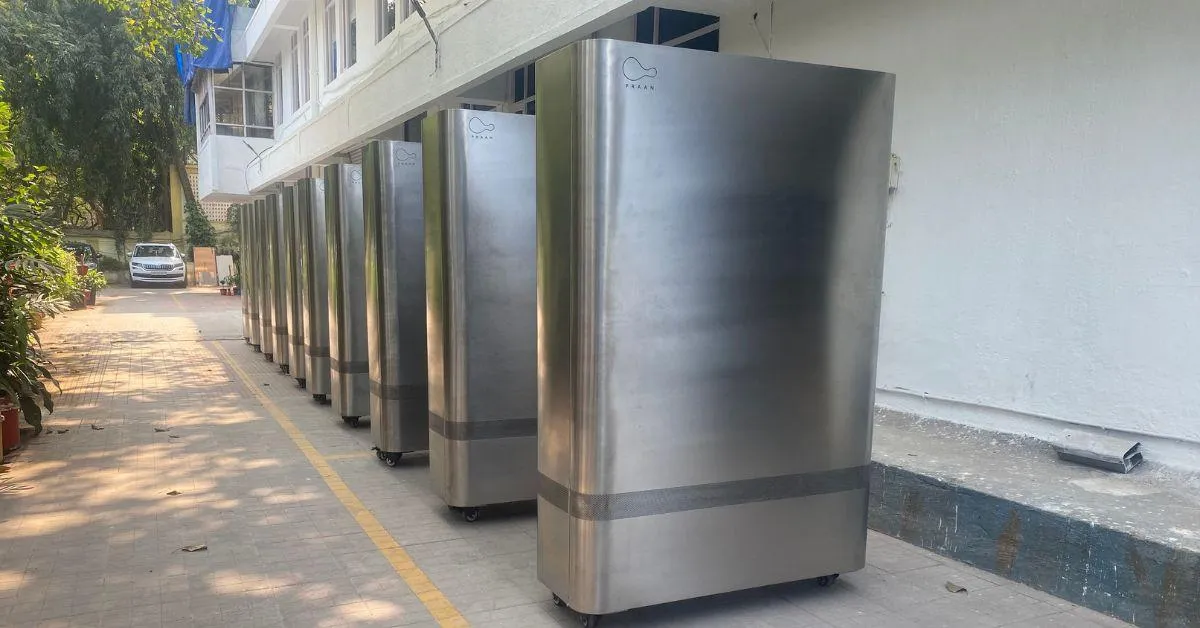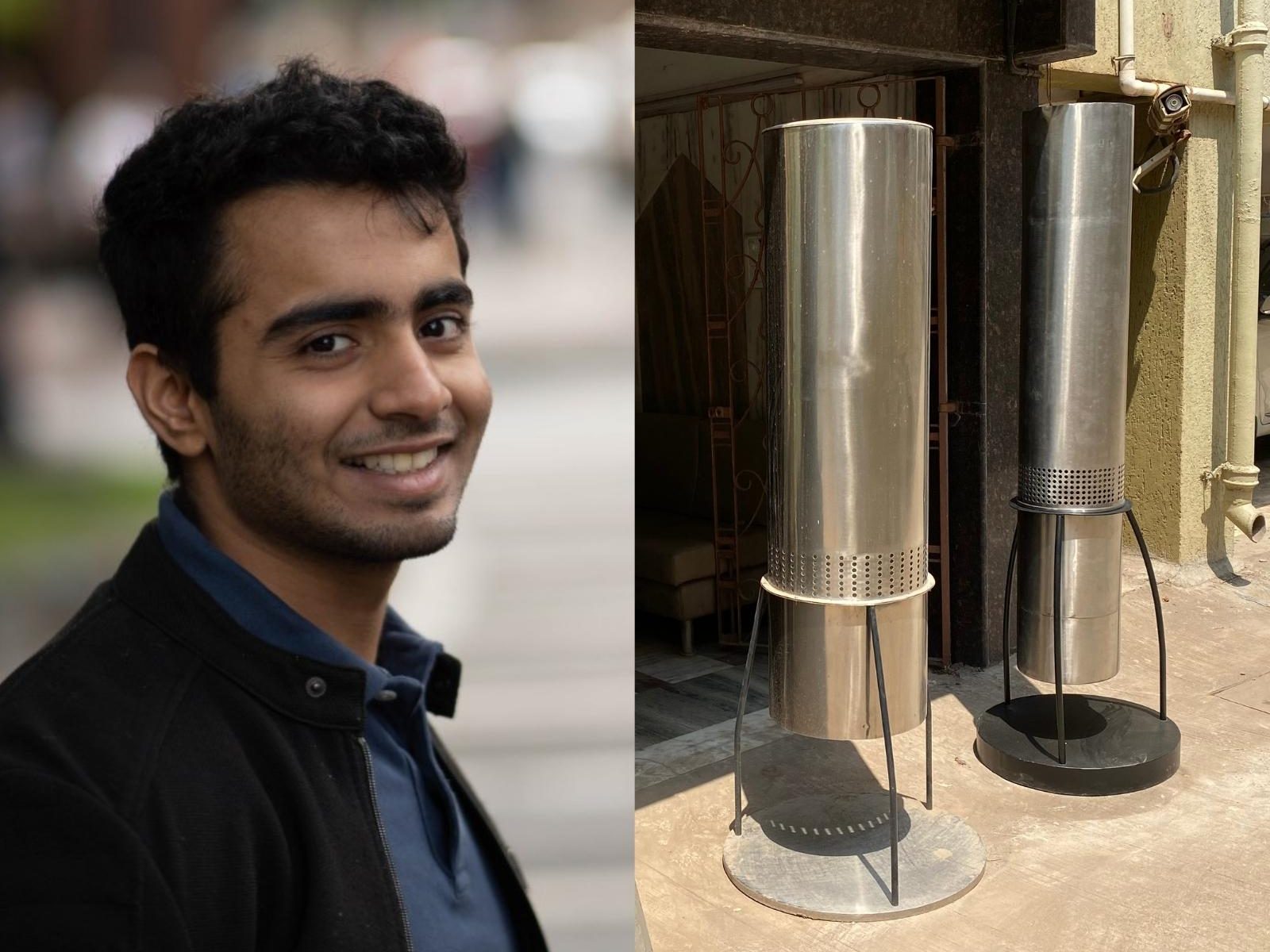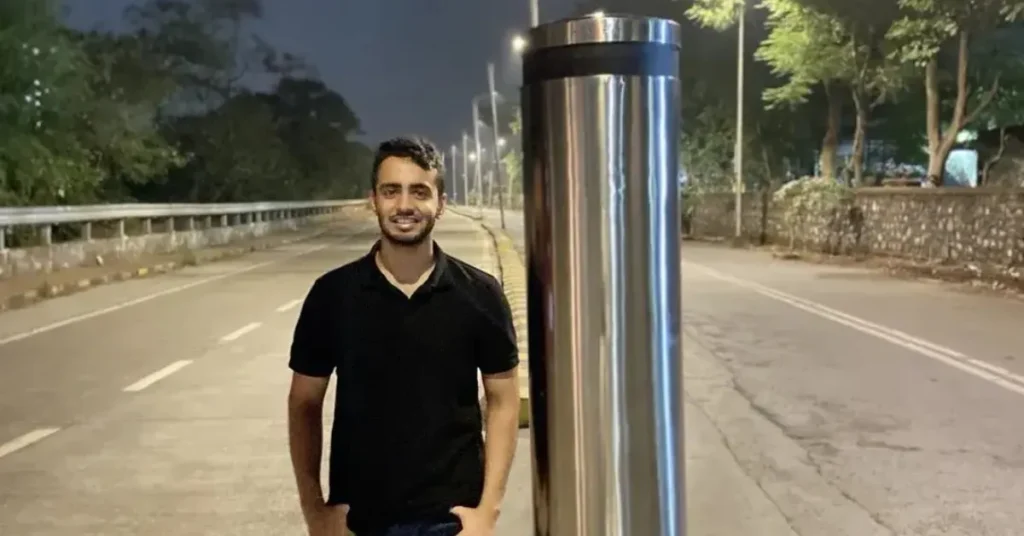In a country where millions struggle to breathe—where winter smog turns cities into gas chambers and factory workers inhale toxic air daily—one young innovator decided to fight back. At just 25, Mumbai-born Angad Daryani has built one of the world’s most advanced filterless air purification systems, now being installed across India’s most polluted industrial and public spaces.
Angad, who grew up battling asthma, saw firsthand how polluted air limits life. As a child, he would often have to leave Mumbai during festival seasons because the air turned unbearable. “I couldn’t run, couldn’t play football, couldn’t breathe,” he recalls. This personal struggle became the fuel for his purpose.

By eight, he was already building robots; by fifteen, he created a working e-reader for the visually impaired. But the turning point came when he connected with MIT professor Ramesh Raskar, who encouraged him to work on real-world technology.
Yet, Angad didn’t build luxury home purifiers for the privileged. He focused on the factory worker, the roadside vendor, the school kid walking through toxic smog.
In 2017, while studying at Georgia Tech, he began experimenting with filterless air purification technology—a system that charges airborne particles and traps them without needing disposable filters. With no lab access and no funding, his prototypes were built in his tiny apartment, carried across campus by hand, and tested on sidewalks and parking lots.

Volunteers joined him—not for money, but for purpose. Eventually, the project became Praan, Inc. (“Praan” meaning life force).
Today, Praan’s devices like MK One and MK-II clean the air of factory floors and dense public spaces—without recurring filter costs, making them practical where pollution is worst. Their newest indoor purifier HIVE adjusts air quality automatically using AI.
Supported by global investors including Microsoft, Social Impact Capital, and the Marico Innovation Foundation, and backed by engineers worldwide, Praan is on track to make clean air a right, not a privilege.
At 25, Angad hasn’t just built machines.
He has built hope—for cities, for lungs, and for the future.


